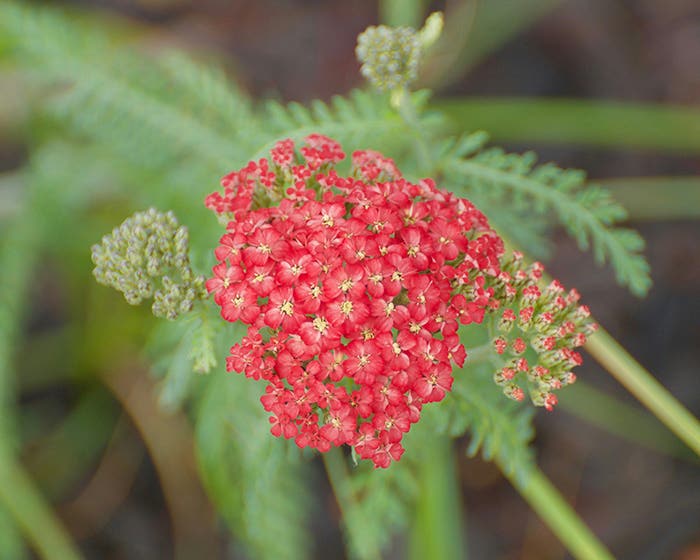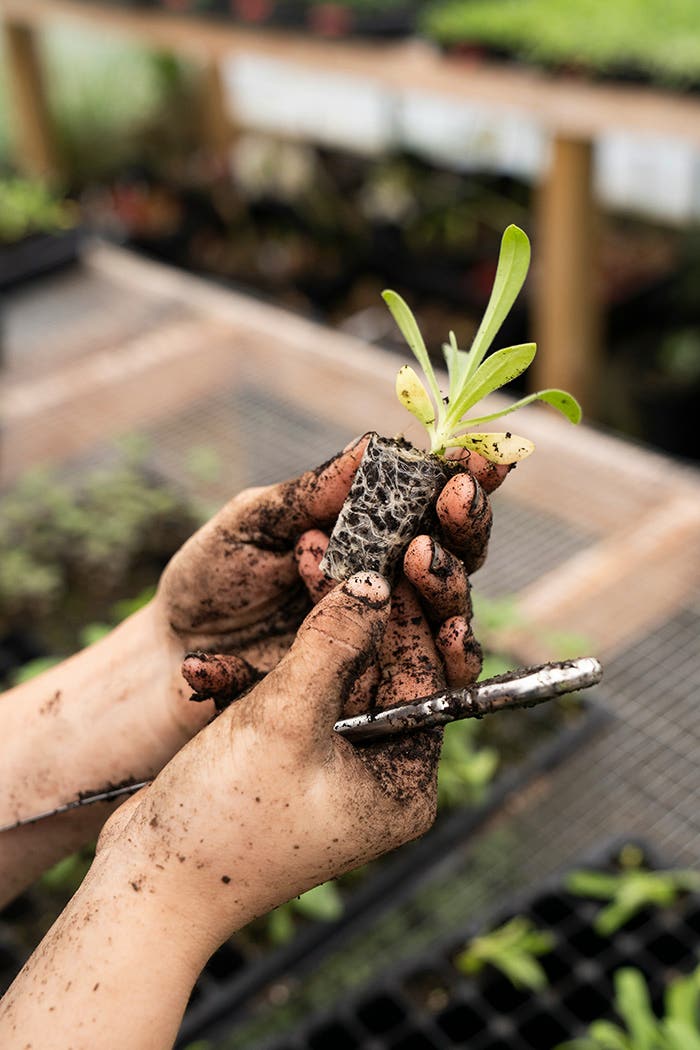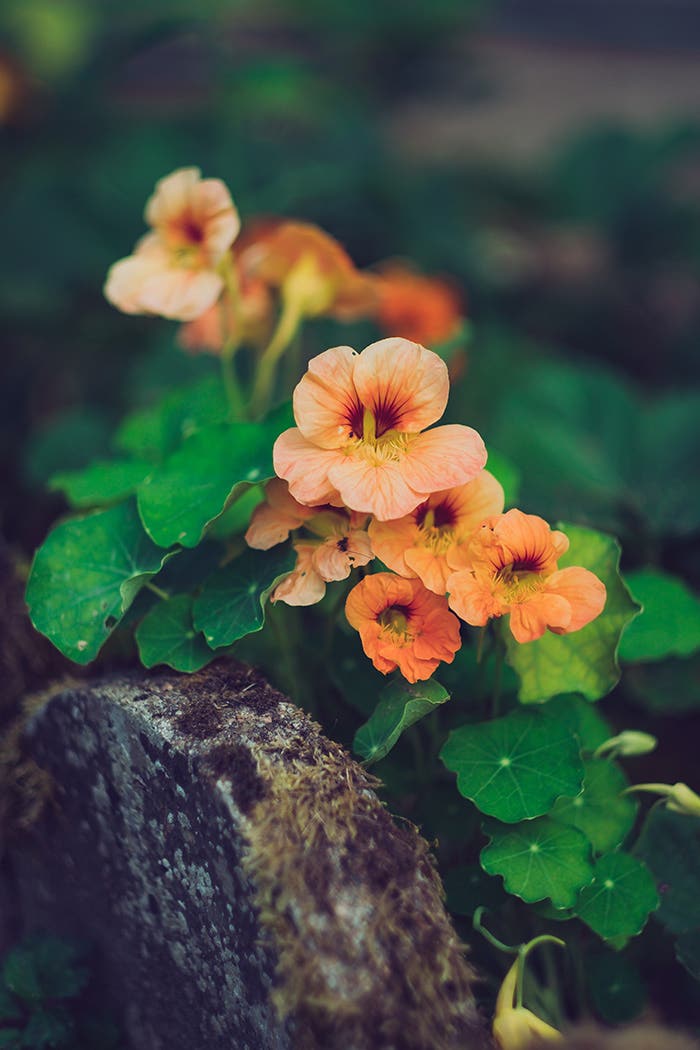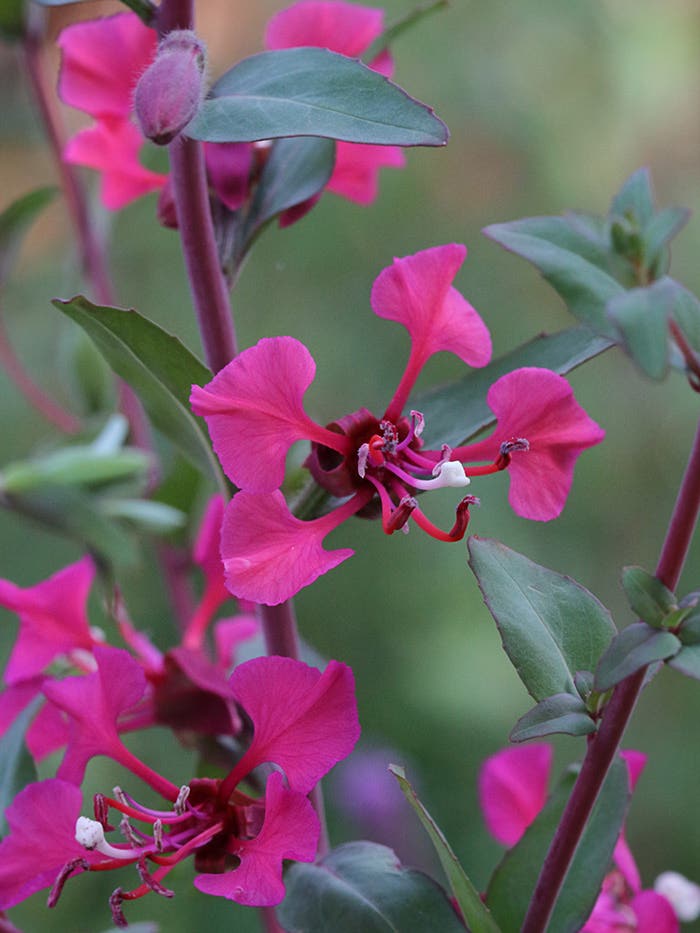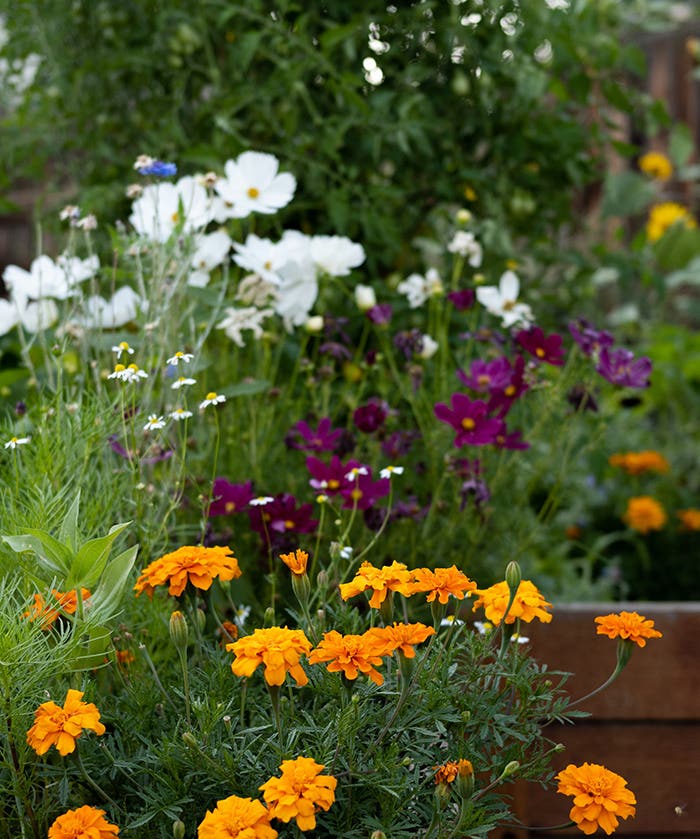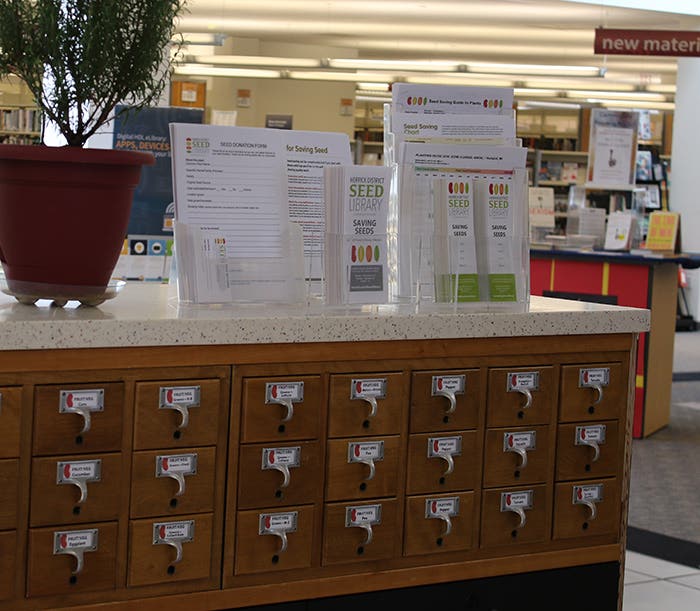Starting Sweet Peas from Seed
Tips for starting sweet peas from seed indoors and transplanting sweet peas into the garden.
Question: Do you have any tips for starting sweet peas from seed indoors?
Answer: Where winters are warm, sow seeds indoors in late January. (Next year, plan to sow the seeds directly in the garden in the fall; they will sprout and root over the winter and bloom earlier in spring.) Where winters are cold, sweet peas should be sown indoors about 6 weeks before your expected last frost date. (Read Alaska gardener Les Brake's advice on sweet peas.) In all areas, transplants can go outdoors as soon as the soil can be worked. Sweet peas will survive light frosts. Most prefer cool temperatures, though some are moderately heat resistant, such as the heirloom species Lathyrus matucana. Most sweet peas bloom in spring, which is why you want to get them out in the garden as soon as possible. The species Lathyrus belinensis is a later bloomer, with unusual coloring.
To sow sweet peas indoors in pots:
Nick the seed coat with a sharp knife, making a small incision in the hard outer shell. This will make the seed sprout quicker.
Fill four-inch plastic pots or degradable pots (peat pots, Cowpots, pots made of newspaper) with fresh seed-starting mix and dampen it thoroughly. Make a 1-inch-deep hole with your finger, a dibber, a pencil or something similar and insert 1 to 3 seeds. Cover with more mix.
Keep the soil mix moist and at a temperature between 55 and 70˚F.
If more than one seed sprouts, snip the other seedling(s) off at the soil line to leave just one seedling per pot. Grow the seedlings in a bright spot, such as near a south-facing window or on a light stand. If you use artificial lights, the top of the seedlings should stay 6 inches from the bulbs.
When seedlings have 4 pairs of leaves, pinch or cut them off just above the third set of leaves. This will encourage the plant to branch out, making a bushier shape.
To transplant seedlings outdoors, first harden them off by gradually moving them into the open air and sunlight, leaving them out a little longer each day over the course of a week or so. Plant them in rich, well-draining soil. Try not to disturb their roots when you transplant them; slide the root ball out of the pot by squeezing the pot's walls, and handle them by their leaves and by holding the entire root ball in your palm. If you used peat pots or the like, you can just plant the whole pot in the ground.
Space seedlings 6 inches apart, and bury them to the same depth as they were growing in their pots. Water gently, using a watering can with a rosehead. Sweet peas are climbing flowering annuals. Provide a support for your sweet peas to grow upon, such as a lattice or a framework of twine, or netting with holes at least 2 inches square.
Image credit: Forest & Kim Starr
_________________________________________________________
See Clarington Forge's planting dibber, a great tool for planting seeds or transplanting seedlings.
Check out the CobraHead, a versatile tool that's great for transplanting and more.
Read about familiar and less common annuals, plus seed-starting and transplanting techniques, in Horticulture's Annuals CD.


